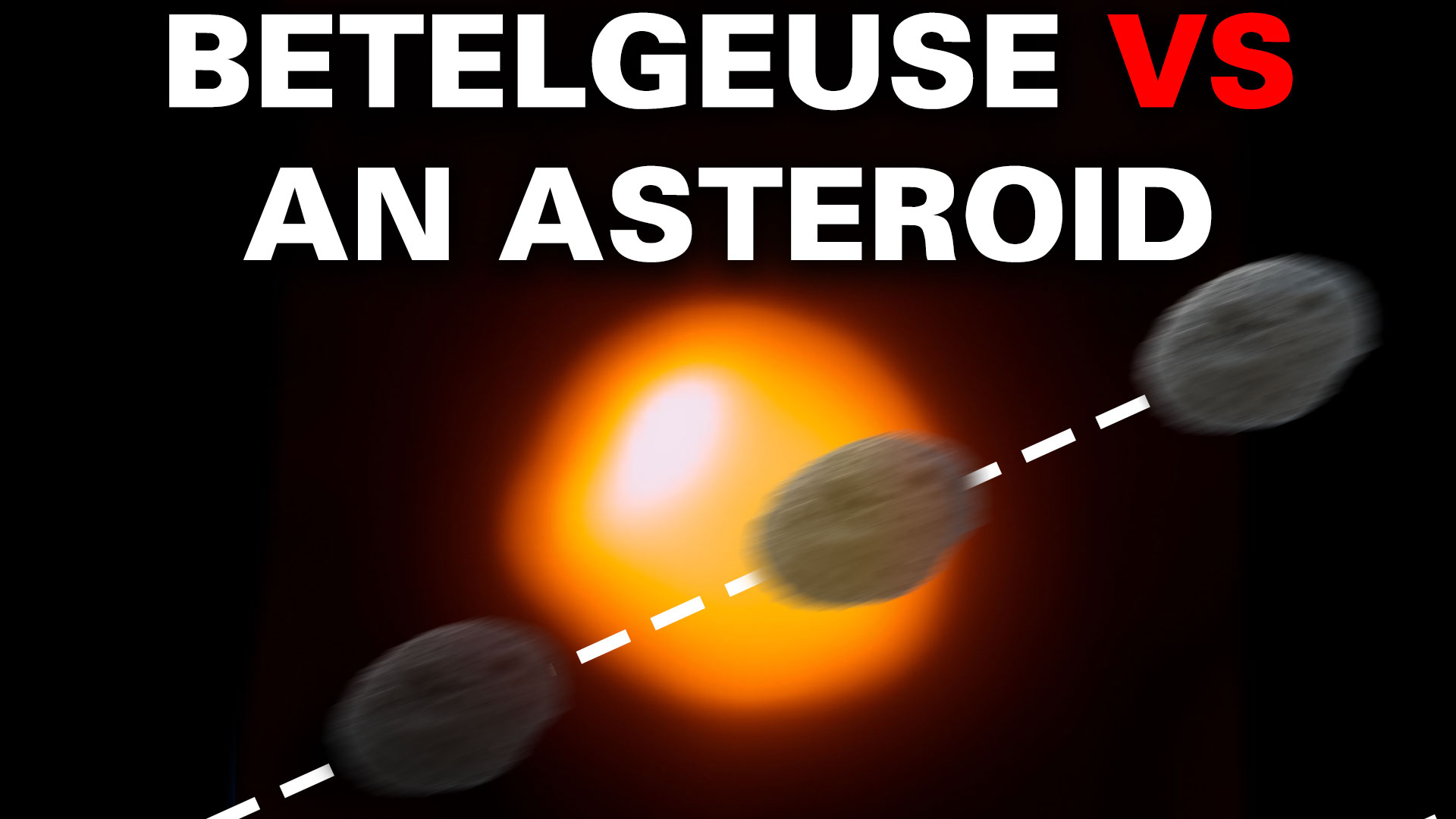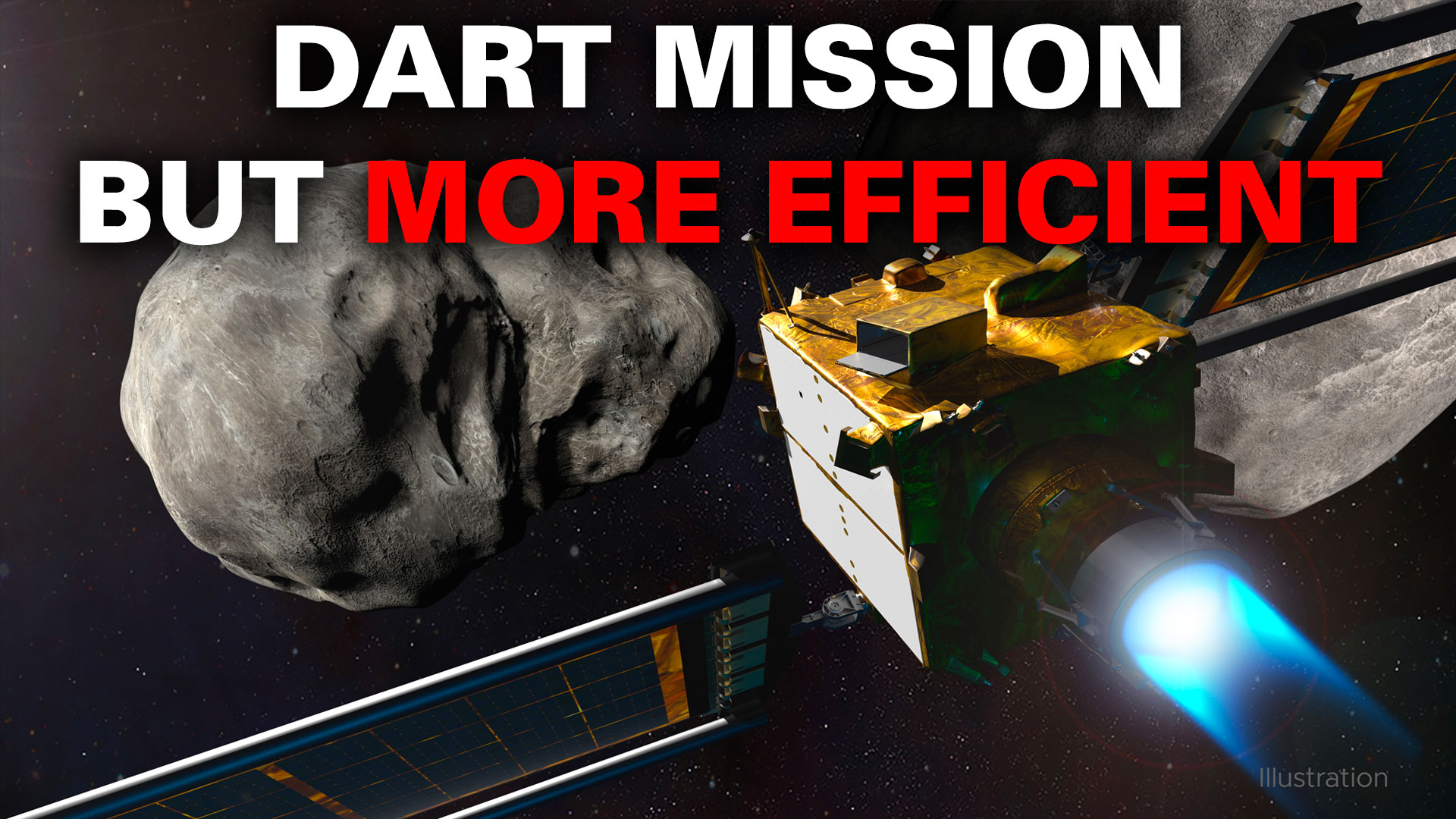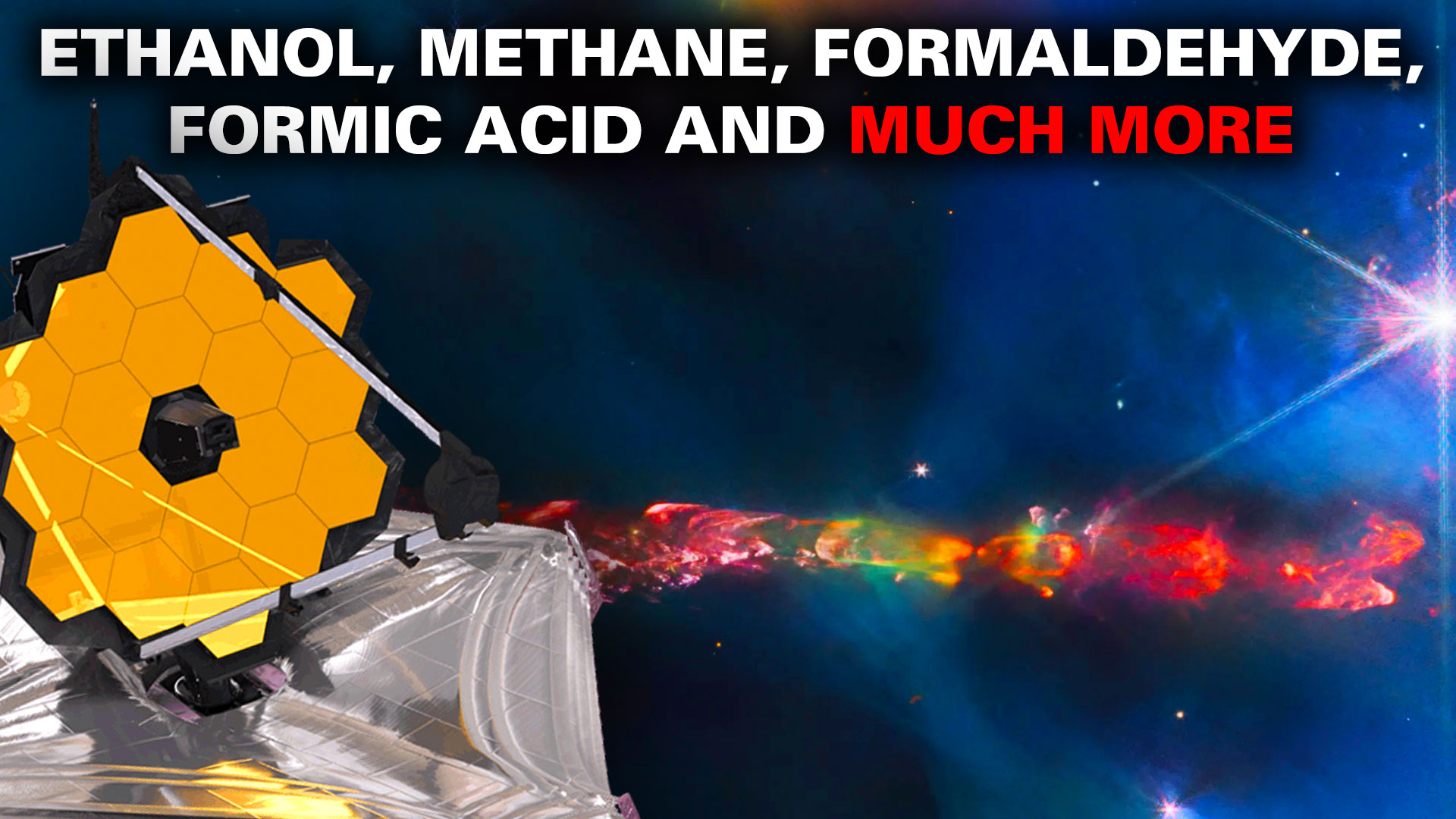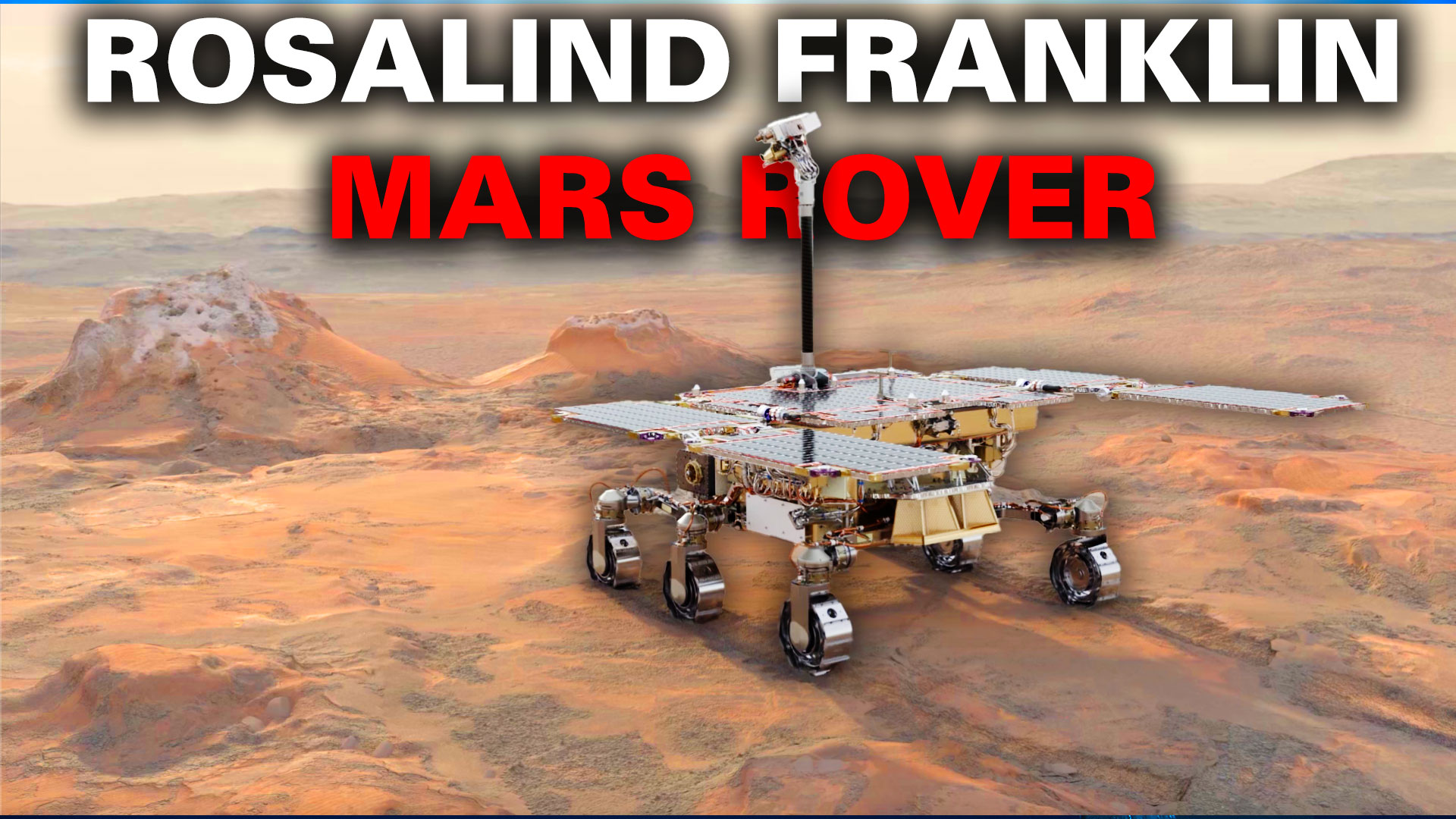In 1960, Dr. Frank Drake led the first Search for Extraterrestrial Intelligence (SETI) experiment at the National Radio Astronomy Observatory in Green Bank, West Virginia. In the more than sixty years that have since passed, astronomers have conducted multiple surveys in search of technological activity (aka. technosignatures). To date, Breakthrough Listen is the most ambitious SETI experiment, combining data from the Robert C. Byrd Green Bank Telescope, the Parkes Murriyang Telescope, the Automated Planet Finder, and the MeerKAT Radio Telescope and advanced analytics.
The program includes a survey of the one million closest stars to Earth, the center of our galaxy and the entire galactic plane, and the 100 closest galaxies to ours. In a recent paper, members of Breakthrough Listen presented the results of their radio technosignature search of the centers of 97 nearby galaxies observed by the Robert C. Byrd Green Bank Telescope. This search was one of the largest and broadest
searches for radio evidence of extraterrestrial intelligence ever undertaken, surveying trillions of stars at four frequency bands. Unfortunately, no compelling candidates were found.










